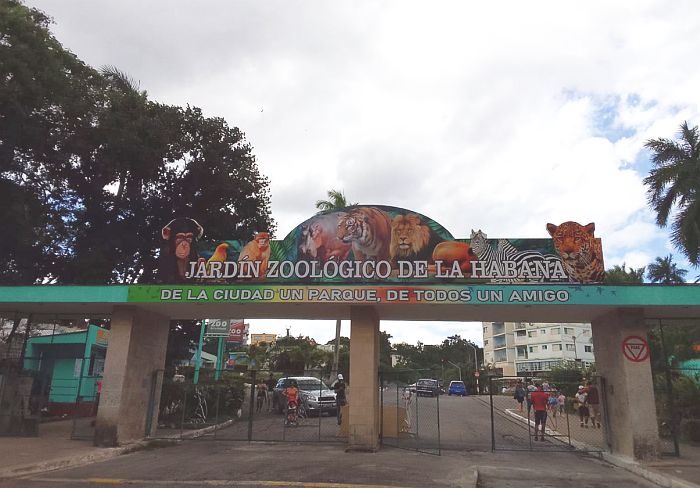
SANTA CLARA (Cuba), Feb 28 (NNN-ACN) — The ban on the entry and exit of captive birds, along with the establishment of a sanitary barrier for workers and neighbors, is one of the actions taken at the Villa Clara Zoo Complex (Central Cuba) to prevent the reception of avian influenza in the facility.
Miguel Angel Ruiz Ramirez, head of the Animal Welfare Section at the entity, told Cuban News Agency that these measures, which are strictly enforced, are intended to protect the center’s employees, its avifauna (more than 60 specimens) and the visitors who frequented this center.
The virus broke out in Cuba for the first time on Feb 7 with variant a(H5N1) at the Havana Zoo in birds in confinement, and is transmitted through direct contact with a sick specimen, with surfaces and food contaminated with saliva, mucus or feces.
He added that among the vulnerabilities of the place is the proximity to a feed factory where a large number of sparrows and bijiritas, migratory animals that transmit avian influenza in the continent in countries such as Mexico, Ecuador, Chile and Venezuela, among others, roam.
Christian Sanchez Morales, veterinarian of the entity, stated that preventive treatment is applied with the supplementation of vitamins to the birds and a system of epizootiological surveillance to know, in time, the changes occurred in the populations.
Currently, 70 % of the oviparous vertebrates on the island nest on a transitory basis and arrive from North America and the southern part of Latin America, where the peak of the flow occurs between late January and April.
Located in the western part of the city of Santa Clara, the zoo receives the largest number of visitors on weekends, with more than 1,500 people who enjoy the more than 400 specimens of the recreational institution, among which exotic animals such as macaws and parrots stand out. — NNN-ACN






